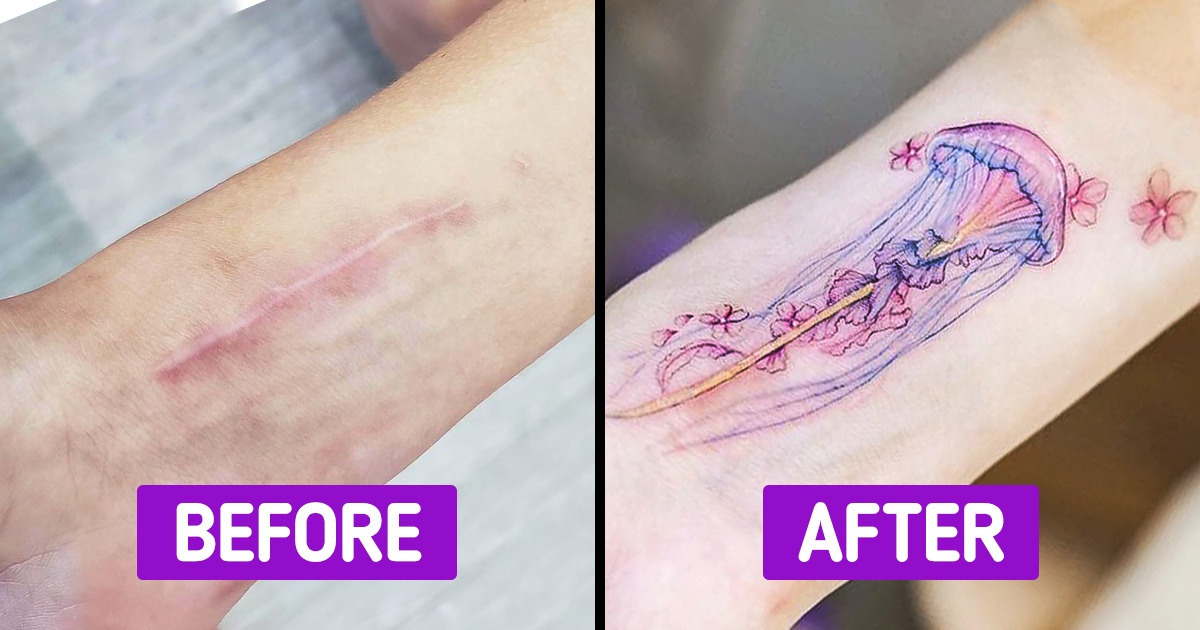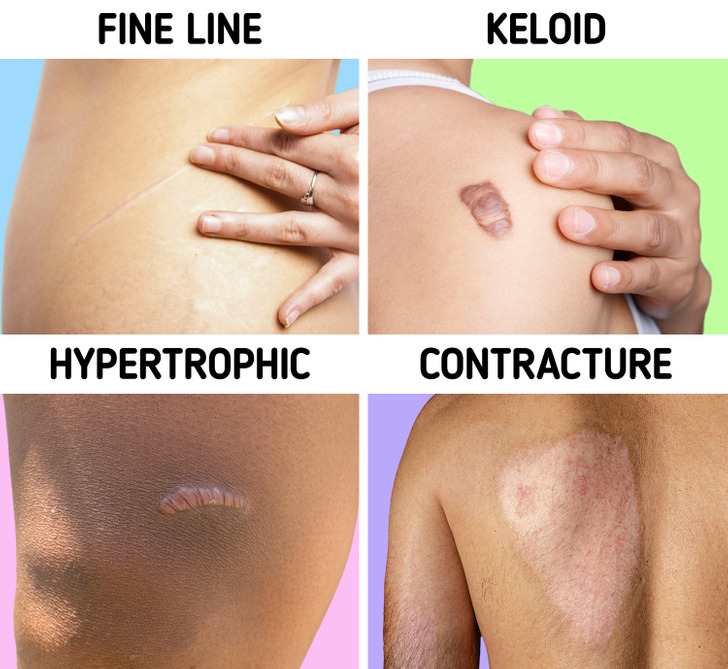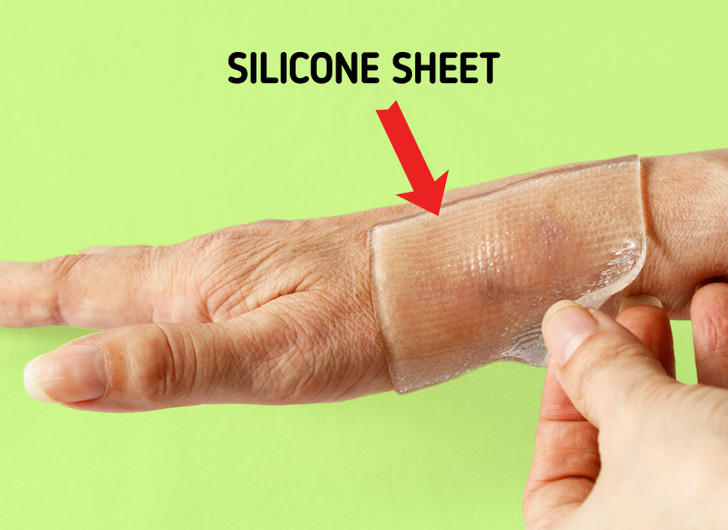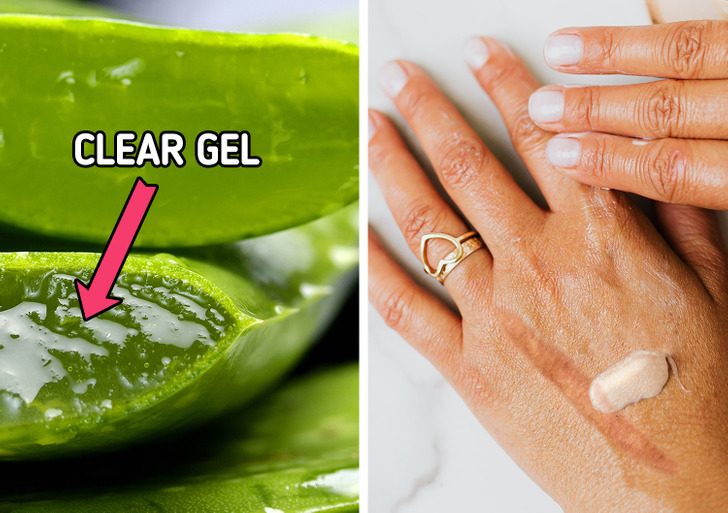How to Best Conceal a Scar

A scar is a mark on our skin that we may get from a wound that is now healed. They appear naturally, and while they might fade with time, it’s normal for them to remain visible. Some of us see them as a symbol of pride and perseverance, but since they affect our appearance, many want them gone or disguised.
❗ This article is merely illustrative. Always consult a medical professional for scar treatment.❗
Types of scars
We can get several types of scars:
- A fine-line scar will usually appear from something like a cut, and it ends up looking like a raised line in the skin that will fade and flatten as time passes. They’re common and don’t cause pain, mostly resulting in some minor itching that will gradually disappear.
- A keloid scar happens when too much collagen is produced at the site of the wound. It’s a scar that keeps growing even after the wound is fully healed, and it’s raised from the skin and can either be the same color as the skin or pink or red. Besides itching, it can cause some discomfort, especially when near a joint.
- Similarly to a keloid scar, a hypertrophic scar is caused by too much collagen, but it won’t grow outside the place where the original wound was. It’ll get thicker for about 6 months and have the possibility of then improving over the years.
- Scars caused by acne or chickenpox usually leave a sort of pit on the skin, and that’s where they get their name from: pitted or sunken scars.
- Finally, a scar contracture happens when the skin shrinks, usually caused by a burn, and it can make it harder to move from the tightness.
How to get rid of a scar with the help of a professional
While fully getting rid of a scar is usually impossible, there are some things that can minimize their appearance besides the typical fading over time.
1. Using silicone gels or sheets
- When the skin is already in the process of healing, with a visible scar, this sort of treatment with silicone gel can help soften the appearance of the scar, flatten it, and reduce some of the itching and discomfort. If they’re recommended to you, they can be used over the scar for a prolonged period of time and help you get more comfortable with your “battle mark.”
2. Camouflaging scars with tattoos
- A scar can be camouflaged with a tattoo. Several skin tone pigments can be used on your skin to disguise the scarred area of the skin if it’s showing a color different from your usual skin tone. This type of tattoo requires both creativity with an eye for color and experience, training, and skill to achieve a result that disguises your scar. A medical tattoo artist will be able to give you this treatment if the scar is no longer changing color, it feels smooth, and it doesn’t have any dark edges. This sort of treatment won’t work on keloid scars.
- Besides this sort of color and pigmentation, you can also conceal a scar with a normal tattoo. If a medical professional determines this is okay for you, look for a reputable tattoo artist with experience and turn your mark into art.
3. Dermal fillers
- These consist of a gel-like substance that gets injected by a professional, usually made from hyaluronic acid, a substance that our body makes, and it can be used to fill those pitted scars caused by acne.
Natural products that can help reduce a scar
1. Aloe vera
A study performed in 2019 found that aloe vera can help in the healing of wounds and even scars as a complement to other methods.
- Prepare the aloe vera by removing the dark green “skin” on the flatter side of the plant.
- Take out the inner clear gel and apply it to the scar in circular motions.
- Fully wash the gel off with fresh water after half an hour.
- Do this 2 times per day.
2. Coconut oil
While there’s been limited evidence that coconut oil can help in reducing scars, a 2018 study review found that coconut oil can encourage collagen synthesis, reduce inflammation, repair the skin barrier, and have an antibacterial and antioxidant effect.
- Heat up the oil very slightly, just enough to make it into a liquid. Always check the temperature before applying so as not to get burned.
- Massage the oil on the scar for 10 minutes, then let the skin absorb it.
- Repeat this a maximum of 4 times per day.



